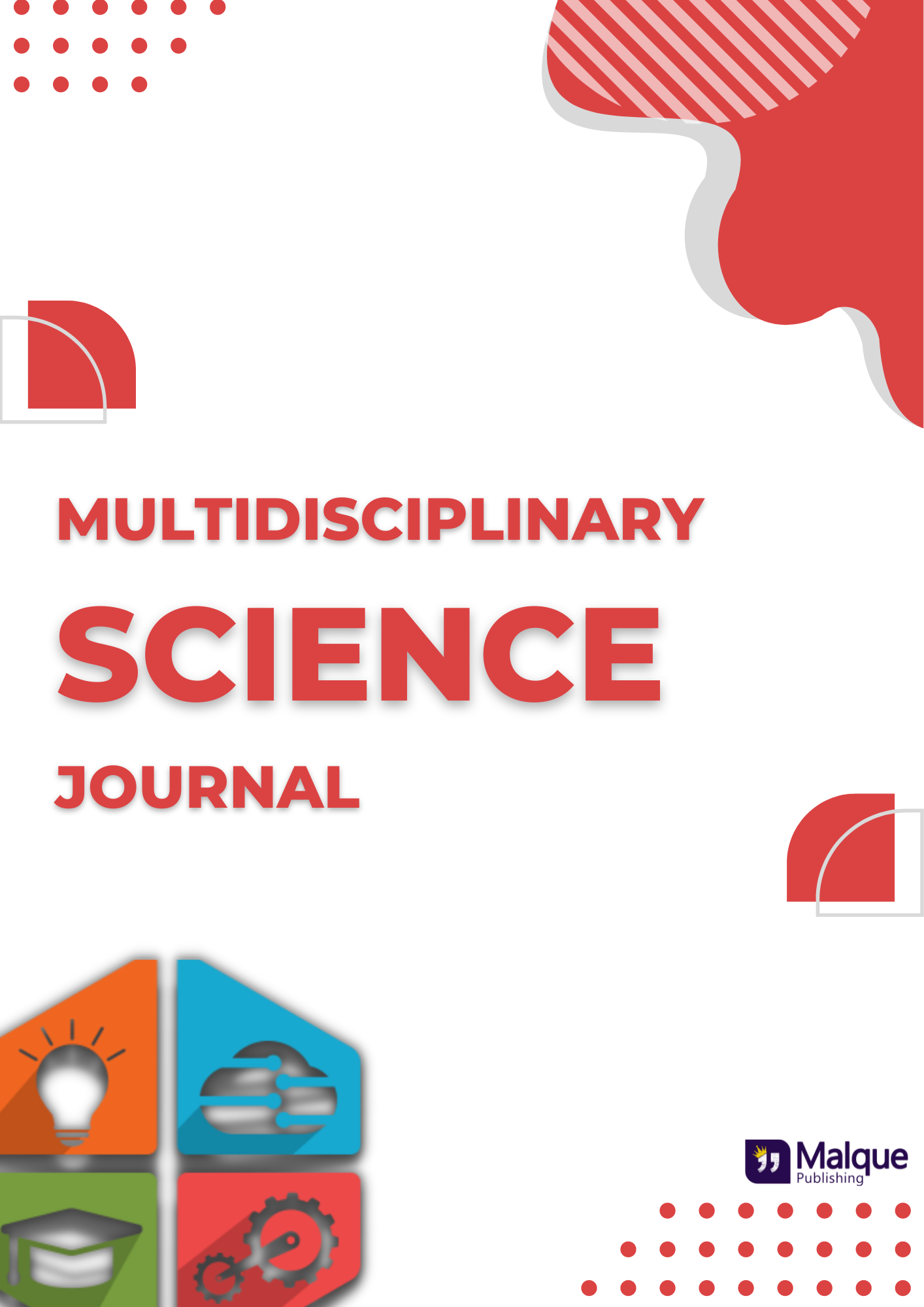Iron deposition in the liver and guts of giant South American freshwater turtle Podocnemis expansa (Schweigger 1812) from a commercial breeding farm in Acre, Brazil
Abstract
Wildlife turtles are endangered species because of the traditional capture of eggs and adult animals in Northern Brazil, such as the South American freshwater turtles (Podocnemis expansa). Successful conservation efforts in order to keep them in captivity and fed commercial fish chow may lead to physiological changes and systemic pathologies. Thus, in the present study, were evaluated the liver and digestive tract of 14 giant South American freshwater turtles microscopically and described the histopathological changes related from commercial breeding and captivity. There was the presence of ferric ions in the stomach epithelium and macrophages with ferric beads in crypts and intestinal villi. In the liver, it was observed disruption of hepatic architecture and liver hemosiderosis. There was the presence of large melano-macrophage centers (MC) filled with ferric ions throughout the liver parenchyma. The size of MC ranged from 25.3 x 31.3 μm up to 196.7 x 168.7 μm and occupied between 9.0 ± 2.9% and 37.5 ± 9.8% of the liver parenchyma area. Those findings can be influenced by age, malnourishment, or ammonia intoxication with posterior anemia, but all those hypotheses must be tested in the future.










